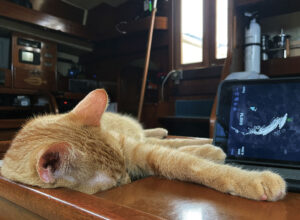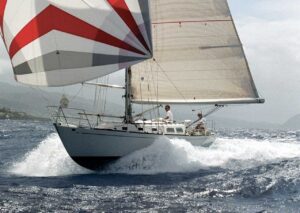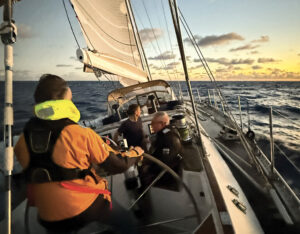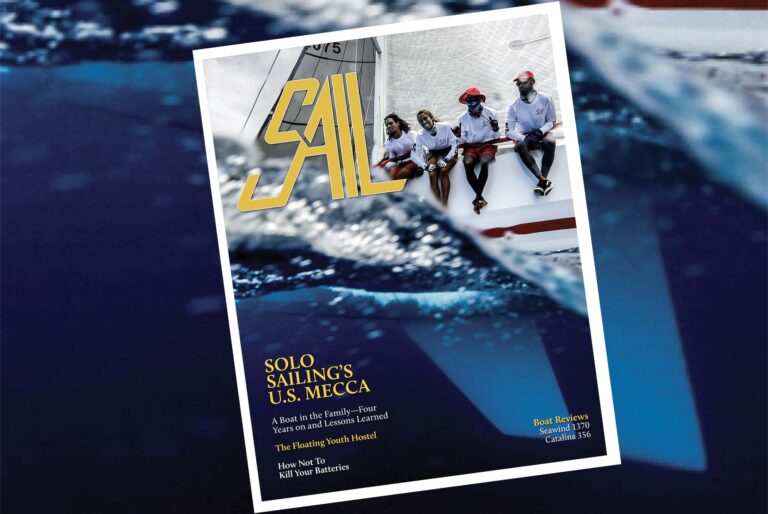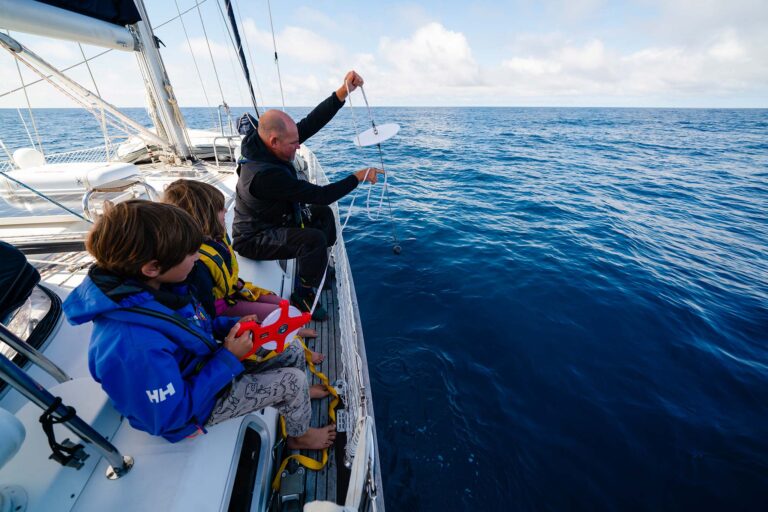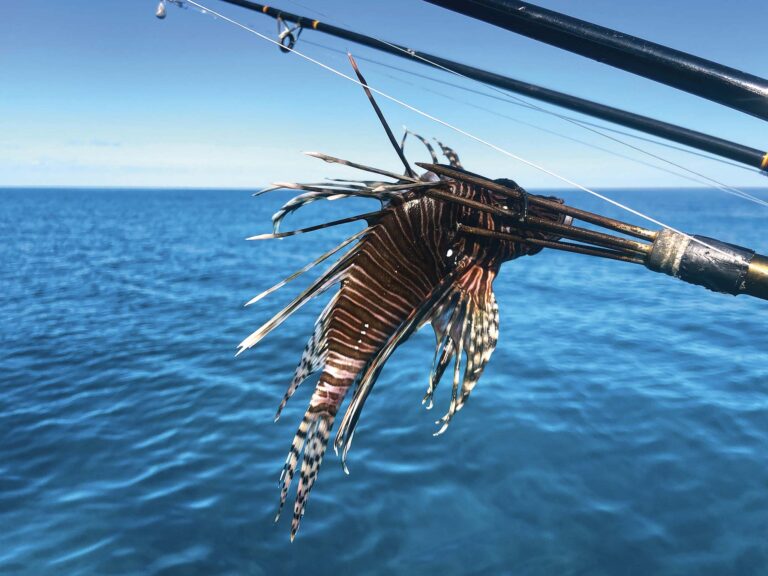Evidence suggests crystals were used as ancient cloudy-day compasses
Before the invention of GPS or even magnetic compasses, sailors navigated using the position of the sun in the sky. But what did they do on cloudy days?
Scientists recently discovered what they believe to be an ancient “sunstone” at the site of a 1592 British shipwreck near the island of Alderney in the English Channel. A diver exploring the wreck first noticed the crystal, clouded and chipped after several centuries underwater, and delivered it ashore for tests to determine its chemical and mechanical composition.
Sunstones, referenced often in Norse legends, are small, angular calcite crystals used by the Vikings and other European seafarers to determine the position of the sun on days when it wasn’t visible.
The calcite crystals are common in Iceland and other parts of Scandinavia, but until the discovery of this battered and beaten crystal, scientists had no archaeological evidence that they had been used for navigation at sea.
Using these “sunstones” requires an impressive amount of abstract thinking, especially compared to the almost mindless act of reading today’s magnetic compasses.
Even on a gray day, the sun emits concentric rings of polarized light around itself. Calcite depolarizes light through a process called birefringence, in which light goes through the crystal and splits along two paths, forming two projections. So, to find the location of the sun, a calcite crystal can—theoretically—be held toward the sky and reoriented until the two projected images are equally bright. Because relative brightness depends on the degree of polarization, the position of the crystal at the point of equal brightness is the position of the concentric rings around the sun and, thus, the sun itself.
To test this theory, physicists in France placed a chunk of Icelandic calcite in a device on a cloudy day and allowed the sun’s light to shine through it. The sun’s exact path at the location of the test was already known, and the replica sunstone came within one percent of the true location of the sun, researchers reported.
These findings, when paired with the discovery of the crystal near the wreck, make a compelling case for the use of optical compasses. Looks like there was more to the notoriously ruthless Vikings than just their warrior ways.

